01-title
Contents
Guide

Coaching Youth Sports
Coaching Youth Sports
Guidelines to Ensure Development of Young Athletes
Charlie Sullivan
ROWMAN & LITTLEFIELD
Lanham Boulder New York London
Published by Rowman & Littlefield
An imprint of The Rowman & Littlefield Publishing Group, Inc.
4501 Forbes Boulevard, Suite 200, Lanham, Maryland 20706
www.rowman.com
6 Tinworth Street, London, SE11 5AL, United Kingdom
Copyright 2022 by Charlie Sullivan
All rights reserved . No part of this book may be reproduced in any form or by any electronic or mechanical means, including information storage and retrieval systems, without written permission from the publisher, except by a reviewer who may quote passages in a review.
British Library Cataloguing in Publication Information Available
Library of Congress Cataloging-in-Publication Data
Names: Sullivan, Charles, 1968 author.
Title: Coaching youth sports : guidelines to ensure development of young
athletes / Charles Sullivan.
Description: Lanham, Maryland : Rowman & Littlefield, 2022. | Summary: A coach will learn the science of how a player learns and techniques to be used to increase motivation Provided by publisher.
Identifiers: LCCN 2021027506 (print) | LCCN 2021027507 (ebook) | ISBN
9781475860030 (cloth) | ISBN 9781475860047 (paperback) | ISBN
9781475860054 (epub)
Subjects: LCSH: Sports for childrenCoaching.
Classification: LCC GV709.24 .S85 2022 (print) | LCC GV709.24 (ebook) |
DDC 796.083dc23
LC record available at https://lccn.loc.gov/2021027506
LC ebook record available at https://lccn.loc.gov/2021027507
 The paper used in this publication meets the minimum requirements of American National Standard for Information SciencesPermanence of Paper for Printed Library Materials, ANSI/NISO Z39.48-1992.
The paper used in this publication meets the minimum requirements of American National Standard for Information SciencesPermanence of Paper for Printed Library Materials, ANSI/NISO Z39.48-1992.
To my wife Maggie
Through my coaching journey there have been many times when you needed to coach alone at home. Your support and encouragement to take advantage of these amazing professional growth opportunities was essential and appreciated. Thanks, for being the captain of our team and being a great coachs wife.
To my kids, Fionnuala, Patrick, and Caeli
Thanks for all your support. The best thing in life is watching you be happy and successful. Here is to always working on a great process.
If you are a serious athlete and have a passion for a sport, yet you now worry about coaching your childs youth team(s) and the possible nonathletes you think might need the Theres no crying in baseball lecture, then this is the book for you. Drawing on Charlies years of coaching experience and wisdom, this book will also help you crystallize your already good practice, learn important aspects of sport psychology, and leave behind the Hollywood coaching moments. You will soon be on your way to building your own authentic moments with the young athletes. If you are the nonathlete who did not play much organized sports, and you now find yourself on the way to a coaches meeting for youth soccer, softball, or baseball, then this is the book for you. Or maybe you had growing up a string of some bad coaches or parents who got in over their head and played favorites with the starting lineup instead of teaching skills. Either way, the fact that you picked up this book is a sure sign that you want to do right by your kid and his and her teammates. Moreover, regardless of your background, if you want to add an important ingredient of reflection into your coaching craft, read this book as a way to validate your positive approaches and reach your potential as a coach. Your commitment to your team will benefit from this reflection process, and it will help you unlock each athletes potential.
As Charlies older brother I bring a long and very personal perspective to observing first hand his passion for sports. I know the origin stories that led to each of his coaching accolades. His siblings and I all glow with pride when he wins different coaching awards, yet on some level, we know deep down that he deserved each recognition, and, with a nodding nonchalance, we often tell others that the governing bodies or fellow coaches who are bestowing these awards are just catching up to what we already know. Charlie was born to coach! Charlies ability to get to know his players and their obstacles inspires him to push each individual team member to his potential. In the end, Charlies passion produces results. Just look up his winning percentage. Or his record eleven National Championship Titles. That said, his 2015 USA Volleyballs All-Time Great Coach award really did raise some eyebrows in the family. But really, all you need to know are a few Old Testament stories from his youth.
When Pablo Picasso was trying to share with the world insights about art education, he emphasized that Every child is an artist. The problem is how to remain an artist once he grows up. When it comes to Charlies approach to sports, getting to know his players, and working with them in practice and competition, not much has changed. He carries all the important enthusiastic wonders of an inspired child. He is still an inspiring child at heart! He is still the one everyone wants in the circle of players. What better advocate is there than someone like Charlie whose personality and general disposition exhibits Emersons idea of perpetual youth. Sure, younger siblings all across the land gained the respect of older siblings and athletes in an authentic pick-up environment, gathered immeasurable moments of future grit, and became better simply by playing up in age range and size with older brothers friends. But how many of those younger siblings actually learned how to find the joy of practicing? How many of them initiated their own skills development? How many taught their young selves in their own mind and spirit the ability to believe in themselves?
Charlie and I share the middle of a large family, and his older siblings and I all remember how neighbors used to go out of their way to share their impressions of Charlie to my parents. These were fun chats and they often remarked about Charlie playing baseball in the middle of the street when he was six and seven years old. He was too young to travel a distance to a baseball field at a school. While my parents entered into many different conversations about their six kids, they enjoyed these anecdotes because more people went out of their wayeven the retired folks living on the streets who didnt like our loud games. Everyone was always taken by Charlies serious and joyful sense of play. Now, there are different versions of this story depending on the sport, but to keep with the baseball theme, Charlie would play with my friends and me in our pick-up games baseball games. When we finished and started a new activity or switched to riding bikes the way young boys resemble pack animals, Charlie would get left behind. Nevertheless, he would happily take the bat, which was too big for him at the time, and practice hitting a baseball down the center of our dead-end street. Lugging a large, wooden bat that was almost as tall as he was, Charlie would toss the ball into the air and find the belief that enabled him to swing a large bat that rivaled his height and connect with the ball. After the ball cracked off the bat, he would gaze the tattered baseballs trajectory through the arch bows of our tree-lined street and then walk to pick up the ball and do it all again. We lived in a Long Island development that was famous for the angle of its dead-end streets, and traffic was successfully limited to only those who lived on the street. So, Charlie could and would repeat this practice for hours. And everyone knew Charlies big beaming face and was on the lookout for him at any time of the day as he consistently practiced hitting baseballs up and down our dead-end road with a smile on his face. And my friends would wonder with me, Why does your brother waste his time chasing balls down the road, which was a good question back then when you think of how our steps in those days were counted with the opposite intention than todays step craze, and actually going after a ball was something you did as a punishment in a game. Or to use the vernacular of the day, you had to take loser steps when your opponent knocked it over your head. What we didnt realize at the time was that Charlie reinterpreted these steps at a very young age.
Next page


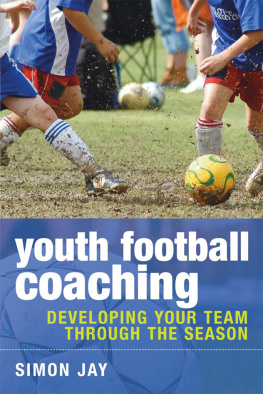
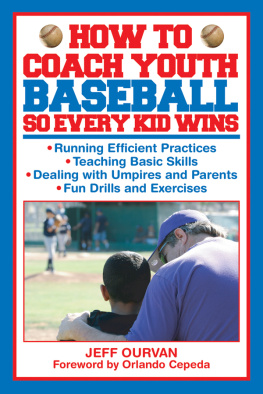
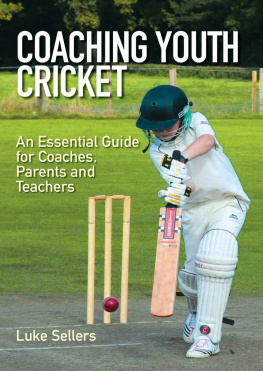
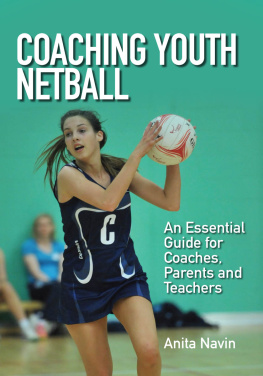

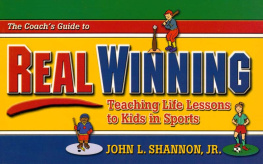
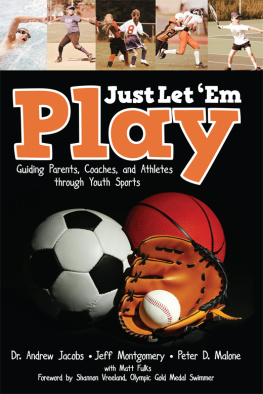


 The paper used in this publication meets the minimum requirements of American National Standard for Information SciencesPermanence of Paper for Printed Library Materials, ANSI/NISO Z39.48-1992.
The paper used in this publication meets the minimum requirements of American National Standard for Information SciencesPermanence of Paper for Printed Library Materials, ANSI/NISO Z39.48-1992.